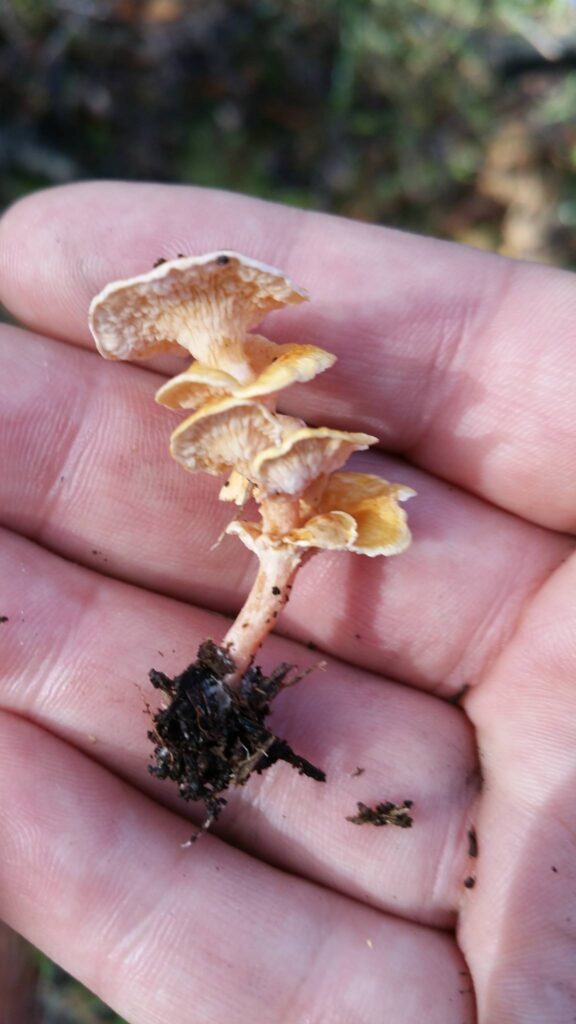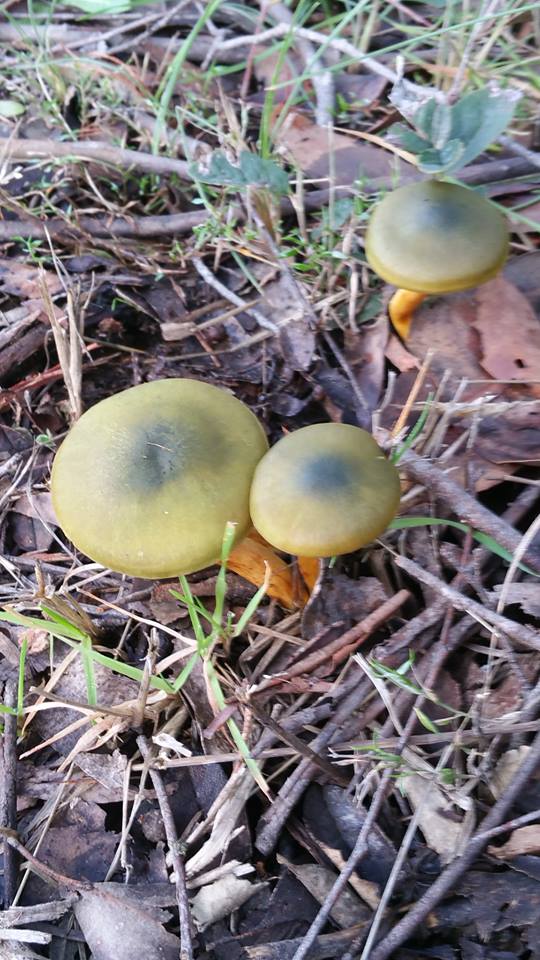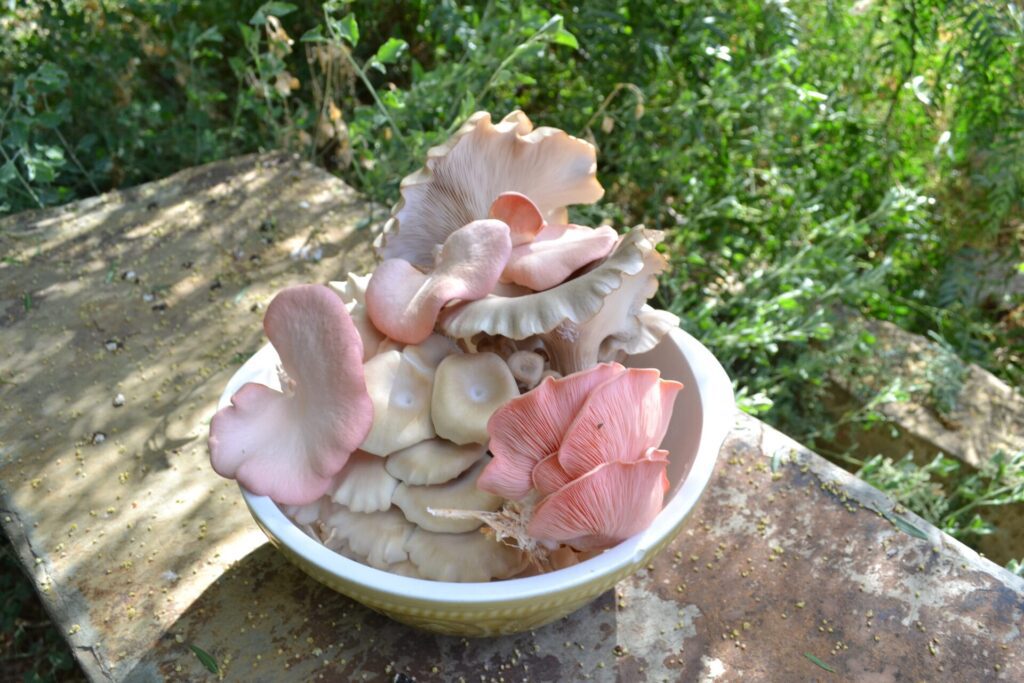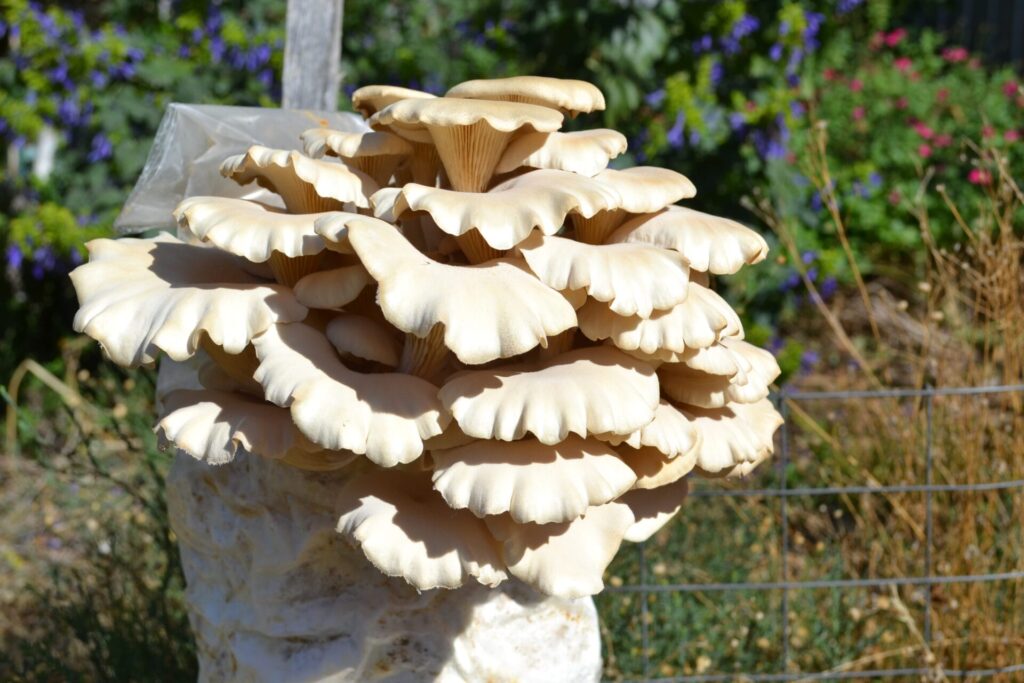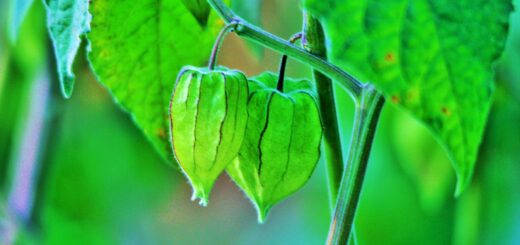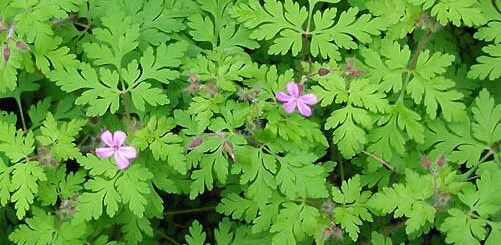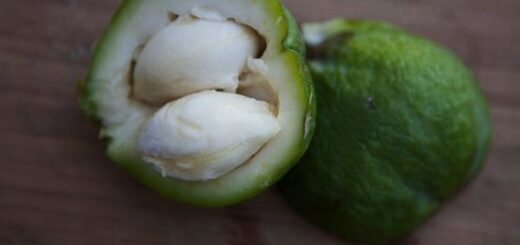The Mushroom
Autumn has arrived and it’s finally mushroom season! At this time of year every walk in the forest is like a treasure hunt. You never know what beautiful, rare or even tasty treat might be hiding behind the next tree.
This is also a great time of year to appreciate the fungi that produce the mushrooms. Fungi are made up of mycelium, which is composed of long branching microscopic filaments called hyphae. Mushrooms are their fruiting body. Not all fungi produce mushrooms (for example moulds and yeasts), but all play extremely important roles in the ecosystem and for society.
Firstly, mushrooms are delicious! There are a wide variety of mushrooms that can be used in any meal. Many make good meat or seafood substitutes. Morels have a rich smoky taste and light texture. Shimeji are rich and nutty. Saffron milk caps are crunchy and make excellent pickles. Slippery jacks are great in risotto or ground up to make a soup. Truffles have a deep earthy smell and even a small amount of truffle oil can add depth to any dish. There is even a mushroom called the candy cap because it smells incredibly strongly of maple syrup. It’s not just the mushroom producing fungi that are good to eat. Yeasts are essential to brewing and baking, and moulds are important to producing many foods such as tempeh.
- Pagoda fungus from the Otways
- Cortinarius austrovenetus from the Otways
Fungi have many medicinal qualities. Recent studies have shown that eating mushrooms daily can cut your risk of developing dementia by up to 50%. Mushrooms have been used in traditional medicine to treat a wide variety of illnesses. Many have been found to have anti-cancer properties and most of our anti-biotics come from fungi.
Fungi are the web that keep many of our ecosystems alive. They form partnerships with plants, insects and animals. They are essential as decomposers in the nutrient cycle, breaking down dead matter and building up soil.
View this post on Instagram
Mycena cystidiosa at Wombat Forest. The mycelium can be seen on the bark.
Mycorrhizal fungi form partnerships with the roots of plants. In exchange for sugars from the plant, the fungi help to provide water, minerals and protection from disease. The fungi also transfer nutrients between plants, meaning that larger stronger trees can help keep other trees alive, thus protecting the whole forest. Endophytic fungi live inside plants without causing disease. They can protect the plant from herbivory, disease, drought and enhance its growth and nutrient uptake.
Fungi are an important food source for native animals, especially in dry areas. For example, native truffles make up 80%-90% of the long-footed potoroo’s diet. Fungi also live in the guts of many insects and animals helping them digest their food.
Fungi also help control pests. For example, Cordyceps helps control and balance insect populations in the wild. Trichoderma, the green mould that often appears on old bread or citrus, protects plants by killing off other fungi that cause disease.
Many of our native fungi are threatened by climate change, land clearing and increased fire frequency and intensity. Fungi do so much for us it’s nice to give something back. The native common morel is delicious but it’s also endangered. Fortunately, it’s also possible to cultivate them. This spring if you find morels, rather than eating them, think about mixing one in with a pile of moist woodchip mulch. That way you’ll not only be providing habitat for an endangered species, you might also get more delicious morels in the future.
- Home-grown oyster mushrooms
- Oyster mushrooms growing on straw
Warning: Many wild mushroom species are poisonous and they can be difficult to identify. Do not forage for edible mushrooms without the help of an expert.
If you want to learn how to cultivate mushrooms, there is a workshop on May 18 – check it out!

